News Navigation
The kindergarten chooses formaldehyde free ENF grade environmentally friendly particleboard, which focuses on three core pain points: the physiological characteristics of young children, high-frequency usage scenarios, and long-term safety protection. It avoids health risks from the material source and optimizes environmental safety. The specific reasons can be explained from the following four aspects:
1、 Adapting to the physiological vulnerability of young children: eliminating formaldehyde damage from the source
Children's physical development is not yet mature, and their metabolic ability and tolerance to harmful substances are much lower than mature persons. They are a "highly sensitive group" to pollutants such as formaldehyde, which is manifested as:
The respiratory system is more susceptible to damage: Children's respiratory mucosa is delicate, and their respiratory rate (about 20-30 times/minute) is 1.5-2 times that of mature persons, with a relatively higher amount of formaldehyde inhaled. Although the formaldehyde (≤ 0.124mg/m 3) released by ordinary boards (such as E1 grade) meets mature person environmental standards, long-term exposure may still cause coughing, asthma, rhinitis and other problems in young children; ENF grade particleboard (formaldehyde emission ≤ 0.025mg/m 3) is currently a relatively high environmental protection level in China, with a release of only 1/5 of E1 grade, approaching "formaldehyde free" and reducing respiratory risks for young children.
The immune system is susceptible to interference: formaldehyde, as a clear "indoor air pollutant", long-term low-dose exposure may affect the development of young children's immune system, increase the probability of allergies (such as skin rash, eczema), and infectious diseases. ENF grade particleboard is produced using formaldehyde free adhesives such as MDI glue, which eliminates the addition of formaldehyde from the raw material end and avoids potential damage to the immune system of young children by pollutants.
Weak metabolic capacity of the body: The metabolic organs such as the liver and kidneys of young children have not fully developed, and their ability to decompose and eliminate formaldehyde is poor. Pollutants are more likely to accumulate in the body, which may cause long-term hidden damage to the nervous system and hematopoietic system (such as affecting attention and memory development). The lower release level of ENF can significantly reduce the risk of pollutant accumulation in young children's bodies.
2、 Suitable for high-frequency usage scenarios in kindergartens: responding to the demand for "long-term, close range" contact
Kindergartens are "intensive activity spaces" where children stay for 6-8 hours a day, and board furniture (such as desks, storage cabinets, bedding, toy cabinets) are the most frequently encountered items in children's daily lives. They need to meet the scene characteristics of "high safety and high durability":
The contact method is more direct: young children are accustomed to touching the surface of furniture with their hands, and even gnawing on the edges (especially young children). If formaldehyde is released from the board, it may not only be inhaled through the air, but also enter the body through skin contact or oral ingestion. The aldehyde free coating on the surface of ENF grade particleboard (such as melamine impregnated paper) works synergistically with the low release of the substrate, avoiding "contact contamination" even when children come into direct contact.
Strong spatial airtightness: Kindergarten classrooms and nap rooms are mostly enclosed or semi enclosed spaces, with lower air circulation efficiency than home environments. If non ENF grade boards are used, formaldehyde is prone to accumulate indoors, forming a "concentration superposition effect" (multiple pieces of furniture are released simultaneously, resulting in excessive indoor formaldehyde). The single release of ENF grade particleboard is relatively low, and even if multiple pieces of furniture are densely placed, it can easily meet the strict requirement of "kindergarten formaldehyde ≤ 0.06mg/m 3" in the "Indoor Environmental Pollution Control Standard for Civil Building Engineering" (GB 50325), avoiding the risk of concentration accumulation.
Long service life: The service life of kindergarten furniture is usually 5-10 years, and the formaldehyde release of the board has a "long-term sustainability" (ordinary boards may release 3-15 years). ENF grade particleboard uses formaldehyde free adhesive, which has a short release cycle and low total amount. Even if used for a long time, it can maintain a low pollution state of indoor air without worrying about the problem of "the longer it is used, the heavier the pollution".
3、 Comply with policies and industry standards: meet the safety admission standards for kindergartens
In recent years, the environmental requirements for "concentrated activity places for minors" such as kindergartens and schools have continued to upgrade. ENF grade particleboard is an inevitable choice that complies with policy norms and avoids compliance risks
Policy mandatory requirement: According to the "Kindergarten Construction Standards" (JGJ 39-2016) and the "Indoor Air Quality Standards" (GB/T 18883), the concentration of indoor environmental pollutants in kindergartens must be much lower than that of ordinary civil buildings, with a formaldehyde limit of 0.06mg/m 3 (only half of that of ordinary residential buildings). The release amount of ENF grade particleboard (≤ 0.025mg/m 3) is much lower than the standard, which ensures that kindergartens can easily meet the standards in environmental testing and avoid the risks of rectification and closure due to environmental non-compliance.
Industry regulation is becoming stricter: Education and market supervision departments are increasingly strict in regulating the procurement and acceptance of kindergarten furniture, requiring the provision of "environmental testing reports" (such as CNAS certified ENF level testing reports) for the boards. Choosing ENF grade particleboard can directly meet procurement compliance requirements and reduce potential hazards in subsequent regulatory inspections.
4、 Balancing safety and practicality: balancing durability and cost-effectiveness
Kindergarten furniture needs to withstand frequent collisions, pushing, pulling, and wiping from young children. ENF grade particleboard is not only environmentally friendly, but also has physical properties that meet the needs of kindergarten use:
Structural stability and wear resistance: ENF grade particleboard is mostly made of excellent wood materials (such as pine and poplar), which are pressed under high temperature and high pressure to achieve uniform density (usually 0.6-0.7g/cm 3). It has better deformation resistance and surface wear resistance than ordinary particle board, and can withstand daily collisions and desk writing for children, reducing the probability of furniture cracking and peeling.
Easy to clean and highly resistant to stains: Kindergarten furniture requires frequent cleaning (such as wiping juice and stains), and the surface of ENF grade particleboard is usually covered with melamine impregnated paper, which has waterproof, stain resistant, and easy to wipe characteristics. After being stained, it can be cleaned with a damp cloth without worrying about penetration or residue, meeting the needs of "high-frequency cleaning" in kindergartens.
Cost effective adaptation to procurement needs: Compared to pure solid wood (high cost, easy to deform) and multi-layer solid wood panels (expensive), ENF grade particleboard ensures high environmental friendliness while having more controllable costs, which can meet the budget needs of kindergartens for "bulk furniture procurement" and achieve a balance between "safety and cost-effectiveness".
Related articles


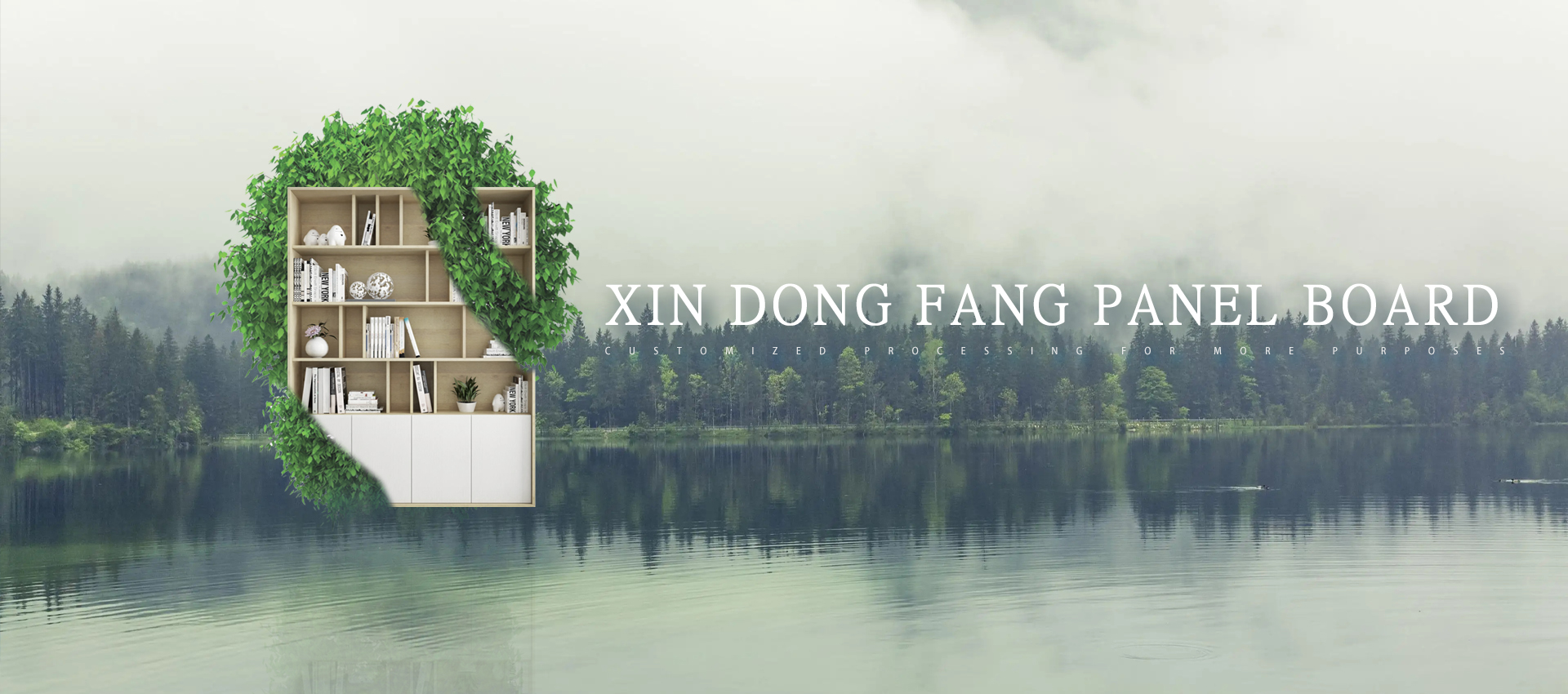
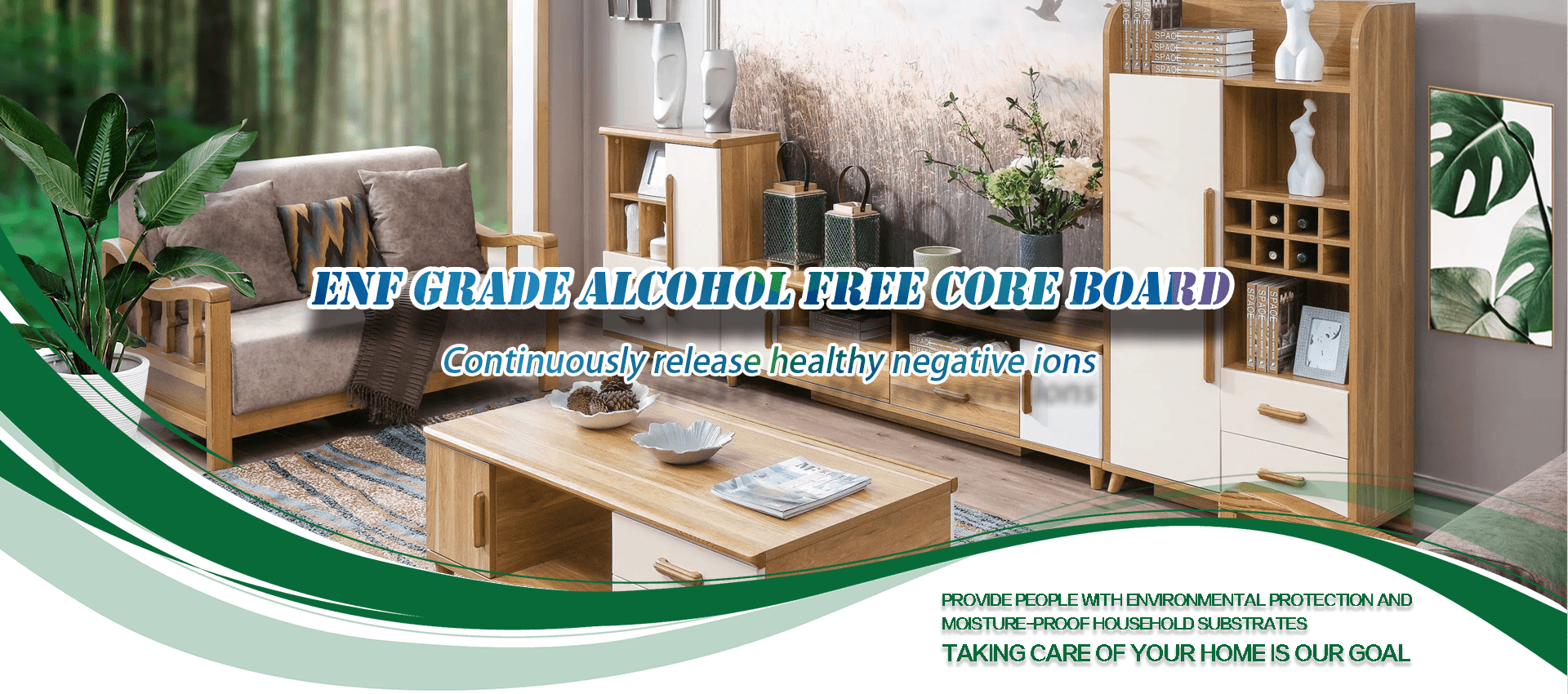


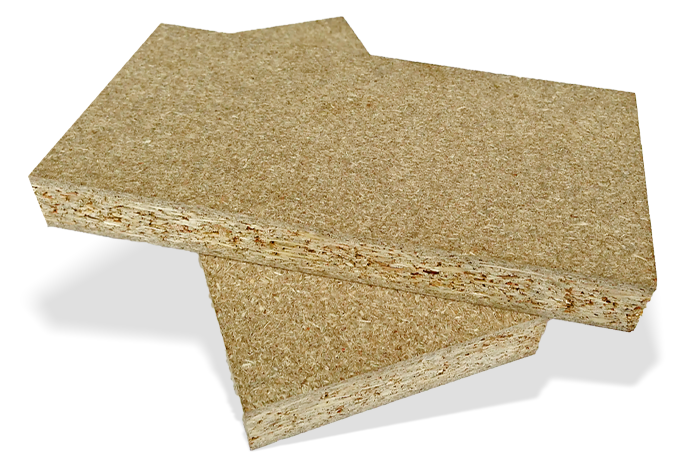
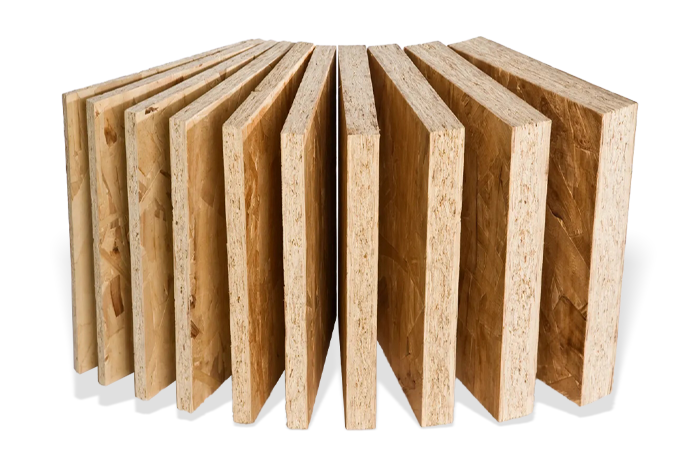
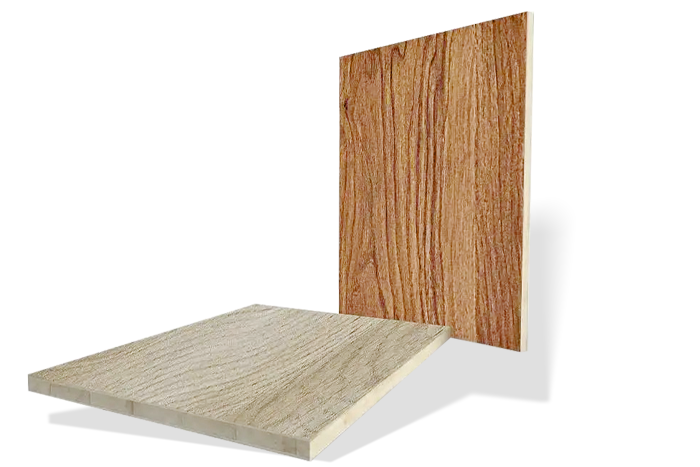





 Home
Home
 Wechat
Wechat
 Tell
Tell